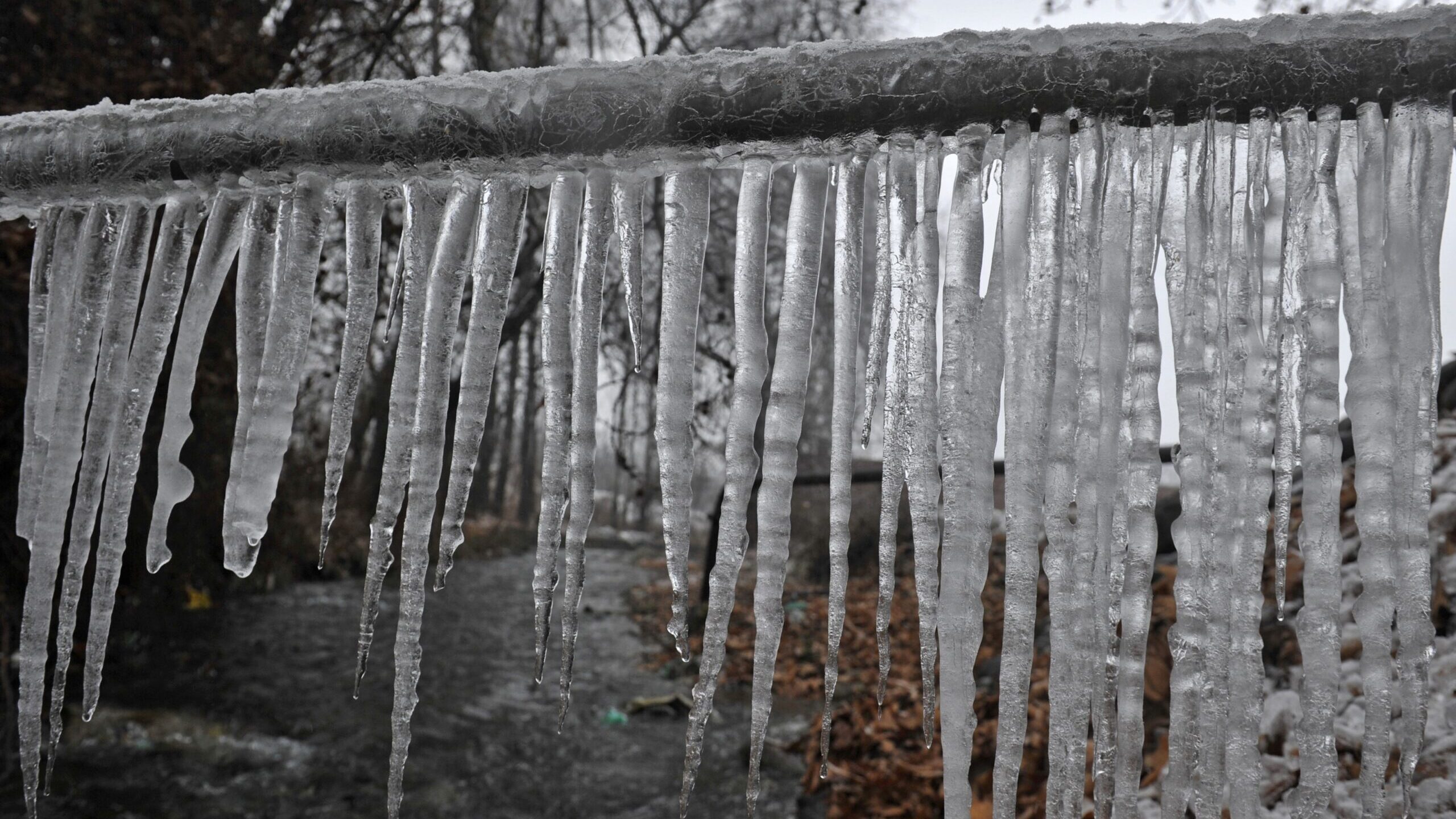Tips for Preventing Frozen Plumbing in Cold Weather: Specialist Tips
Tips for Preventing Frozen Plumbing in Cold Weather: Specialist Tips
Blog Article
Everybody is bound to have their own individual rationale when it comes to 6 Ways to Prevent Frozen Pipes.

Winter can damage your plumbing, especially by freezing pipelines. Below's how to avoid it from happening and what to do if it does.
Introduction
As temperatures decline, the danger of icy pipes boosts, possibly causing expensive repair services and water damages. Understanding exactly how to avoid icy pipes is essential for homeowners in cold climates.
Comprehending Frozen Pipelines
What triggers pipes to freeze?
Pipes freeze when exposed to temperature levels below 32 ° F (0 ° C) for prolonged durations. As water inside the pipelines freezes, it increases, putting pressure on the pipe walls and possibly triggering them to break.
Risks and damages
Icy pipes can lead to water system interruptions, building damages, and costly repair services. Ruptured pipelines can flood homes and create substantial architectural damage.
Indicators of Frozen Pipes
Determining frozen pipelines early can avoid them from rupturing.
Just how to identify icy pipelines
Look for reduced water flow from taps, uncommon smells or noises from pipelines, and noticeable frost on subjected pipes.
Avoidance Tips
Insulating prone pipes
Cover pipelines in insulation sleeves or utilize warm tape to shield them from freezing temperature levels. Concentrate on pipelines in unheated or outside areas of the home.
Home heating strategies
Maintain indoor areas appropriately heated up, specifically areas with plumbing. Open up cupboard doors to enable warm air to distribute around pipes under sinks.
Safeguarding Exterior Pipes
Yard hoses and outside faucets
Separate and drain yard hose pipes prior to winter season. Set up frost-proof faucets or cover outdoor taps with shielded caps.
What to Do If Your Pipelines Freeze
Immediate actions to take
If you believe frozen pipes, keep faucets open up to soothe pressure as the ice thaws. Use a hairdryer or towels taken in warm water to thaw pipes slowly.
Long-Term Solutions
Structural adjustments
Take into consideration rerouting pipes far from exterior walls or unheated locations. Add additional insulation to attic rooms, cellars, and crawl spaces.
Updating insulation
Buy top notch insulation for pipelines, attics, and walls. Appropriate insulation assists preserve constant temperature levels and decreases the danger of frozen pipelines.
Conclusion
Stopping frozen pipelines calls for aggressive actions and fast reactions. By comprehending the reasons, indicators, and preventive measures, property owners can safeguard their pipes throughout winter.
5 Ways to Prevent Frozen Pipes
Drain Outdoor Faucets and Disconnect Hoses
First, close the shut-off valve that controls the flow of water in the pipe to your outdoor faucet. Then, head outside to disconnect and drain your hose and open the outdoor faucet to allow the water to completely drain out of the line. Turn off the faucet when done. Finally, head back to the shut-off valve and drain the remaining water inside the pipe into a bucket or container. Additionally, if you have a home irrigation system, you should consider hiring an expert to clear the system of water each year.
Insulate Pipes
One of the best and most cost-effective methods for preventing frozen water pipes is to wrap your pipes with insulation. This is especially important for areas in your home that aren’t exposed to heat, such as an attic. We suggest using foam sleeves, which can typically be found at your local hardware store.
Keep Heat Running at 65
Your pipes are located inside your walls, and the temperature there is much colder than the rest of the house. To prevent your pipes from freezing, The Insurance Information Institute suggests that you keep your home heated to at least 65 degrees, even when traveling. You may want to invest in smart devices that can keep an eye on the temperature in your home while you’re away.
Leave Water Dripping
Moving water — even a small trickle — can prevent ice from forming inside your pipes. When freezing temps are imminent, start a drip of water from all faucets that serve exposed pipes. Leaving a few faucets running will also help relieve pressure inside the pipes and help prevent a rupture if the water inside freezes.
Open Cupboard Doors
Warm your kitchen and bathroom pipes by opening cupboards and vanities. You should also leave your interior doors ajar to help warm air circulate evenly throughout your home.

Hopefully you liked our piece on Winter Plumbing Precautions: Preventing Frozen Pipes. Thank you so much for spending some time to read our piece. For those who enjoyed reading our article kindly be sure to share it. Kudos for being here. Come back soon.
Schedule A Service Report this page